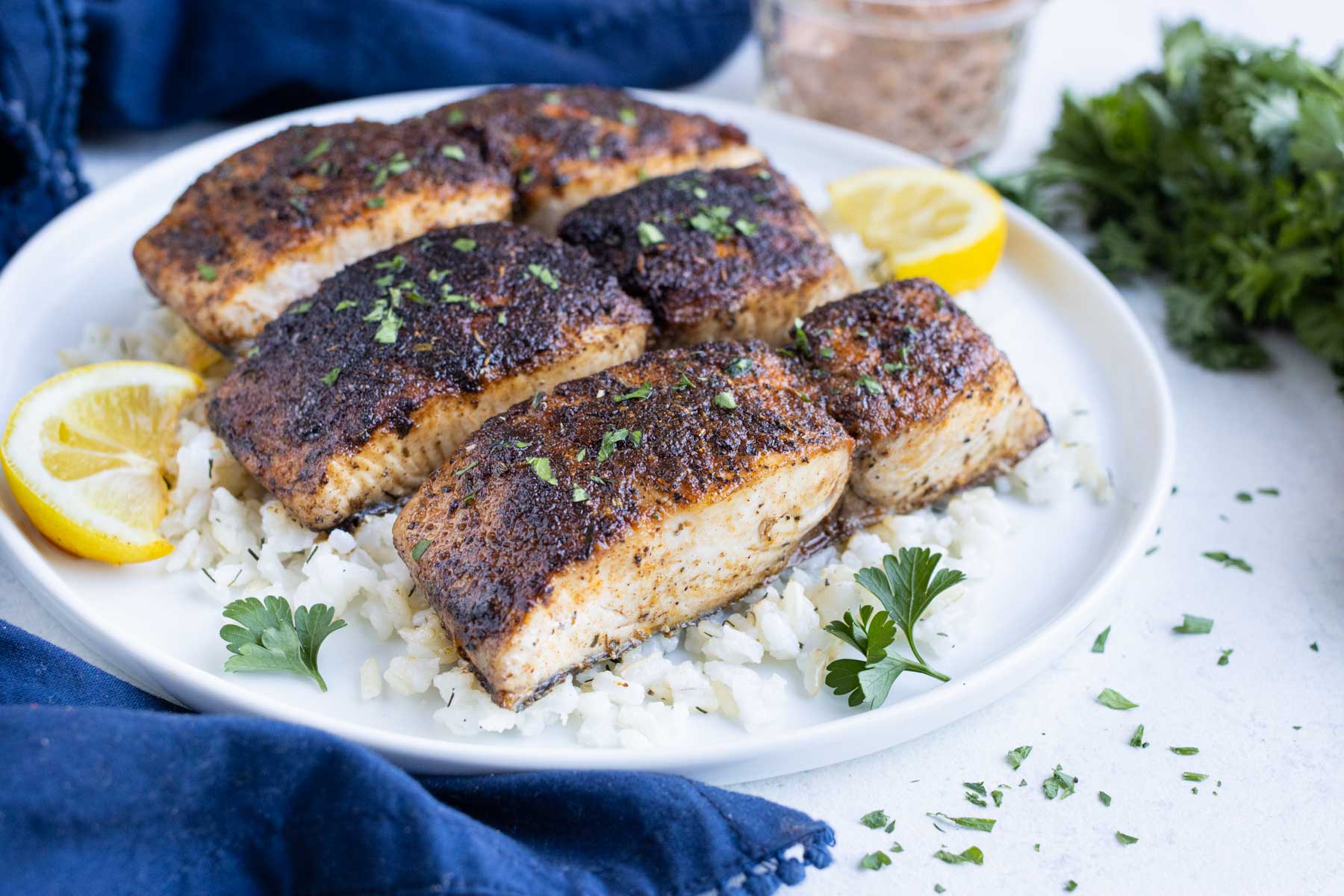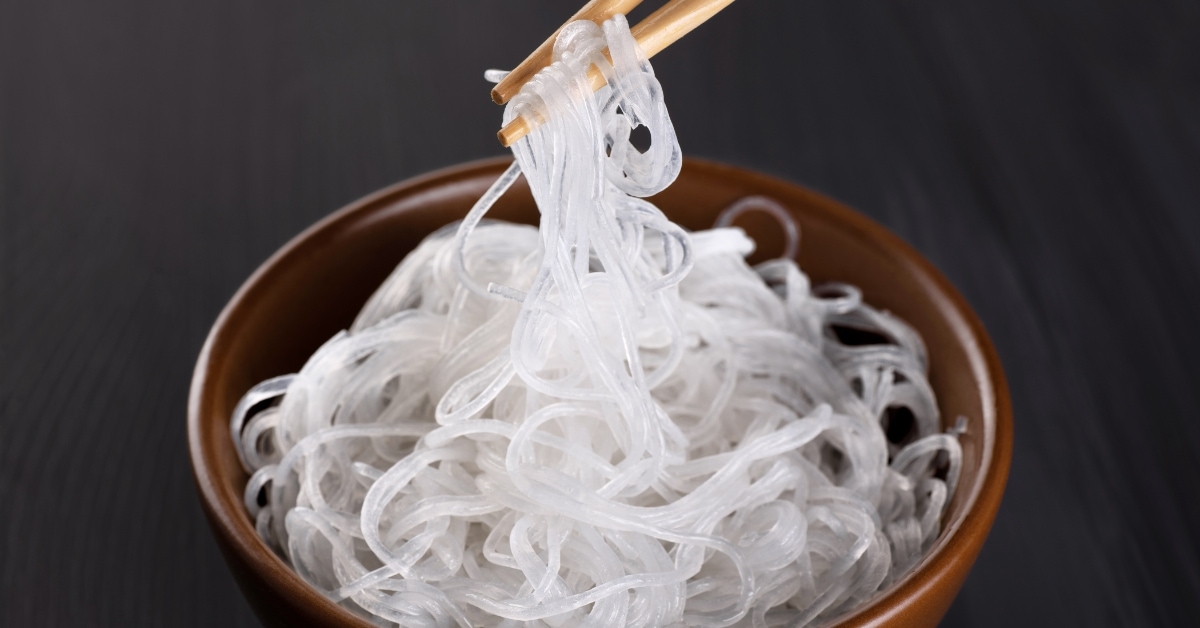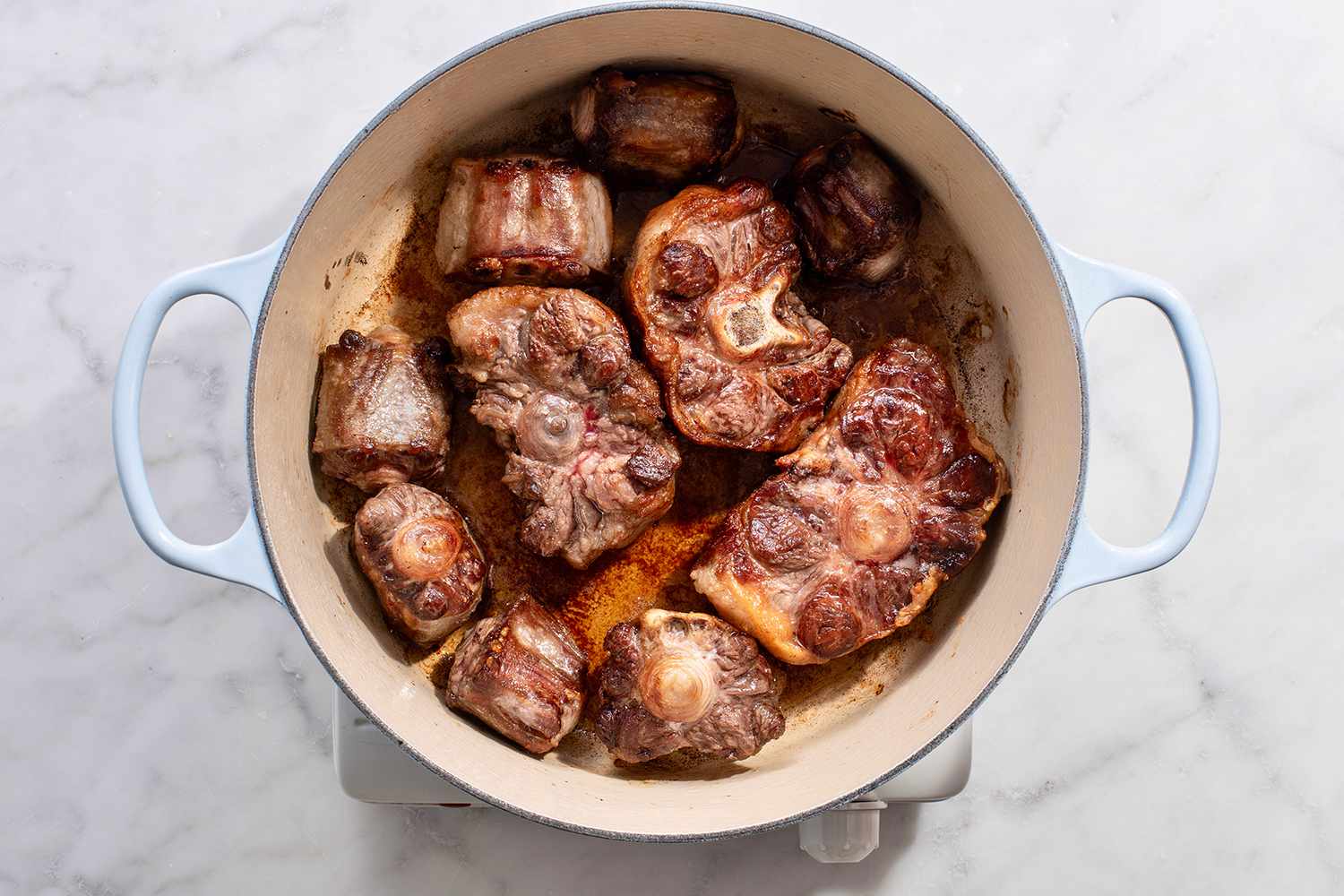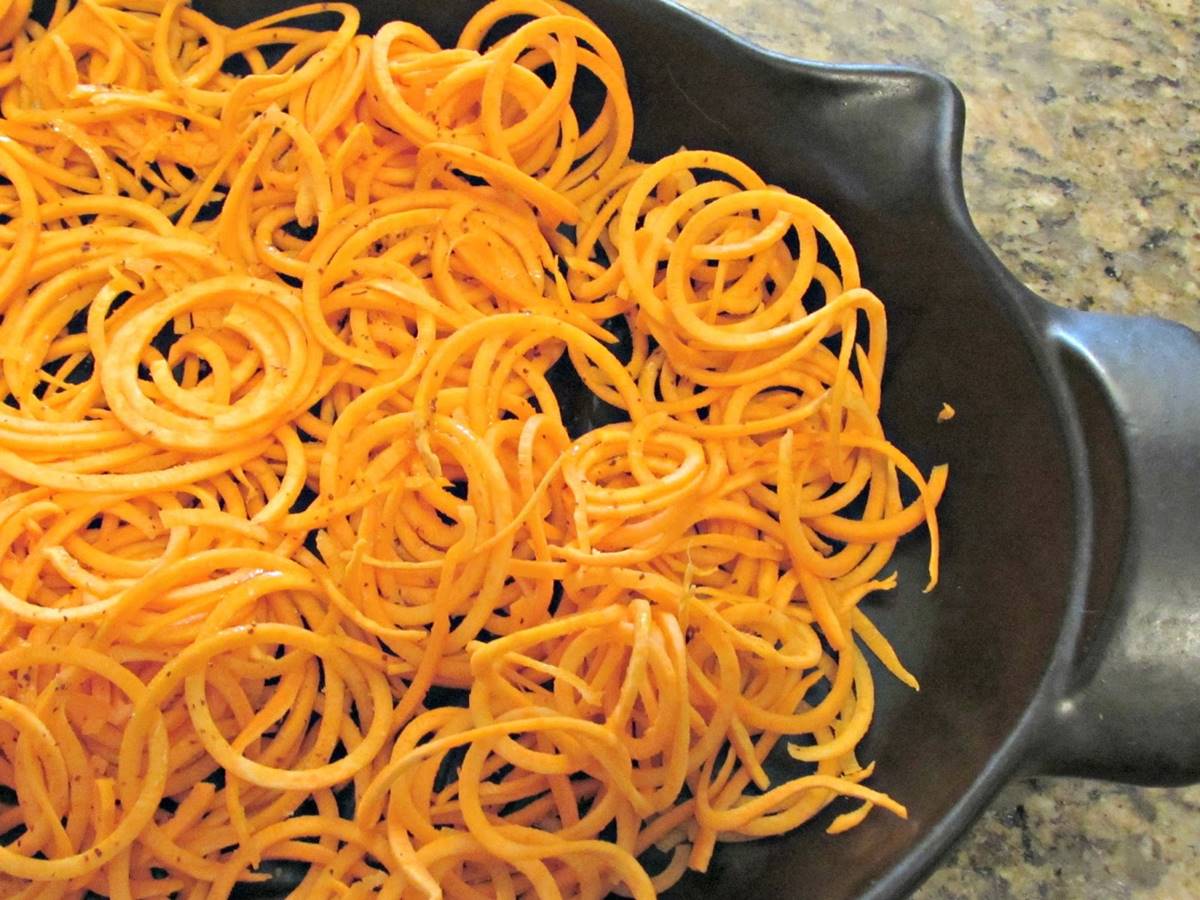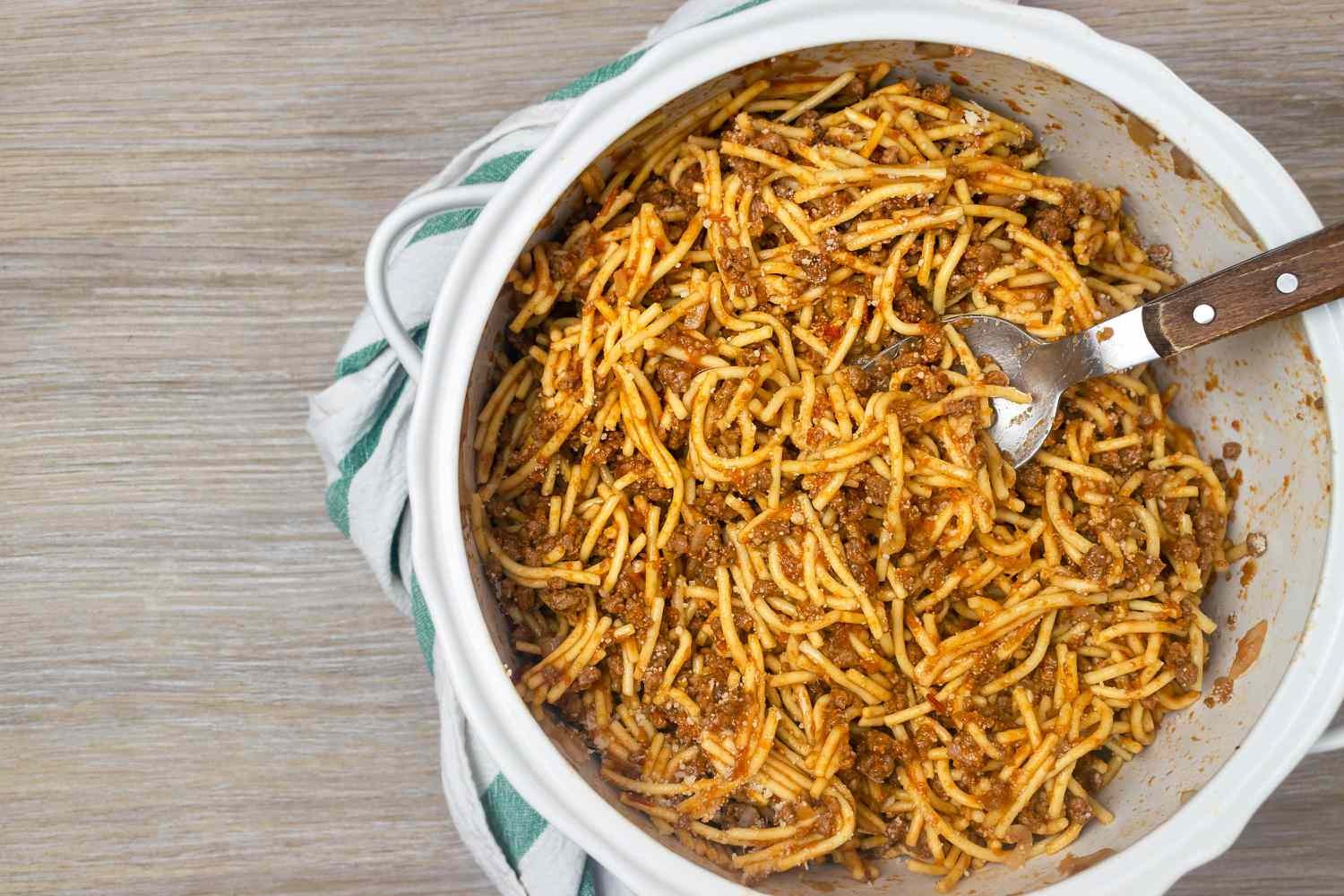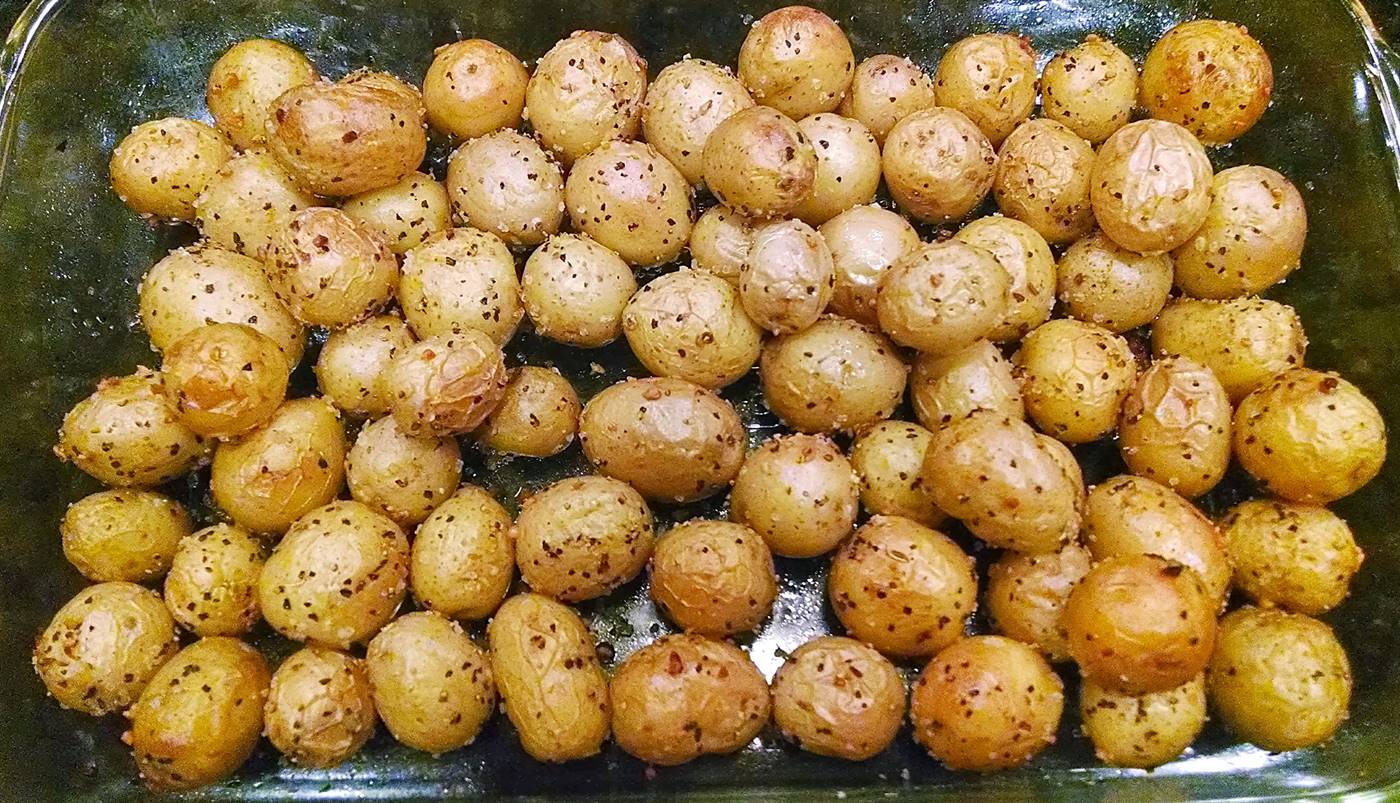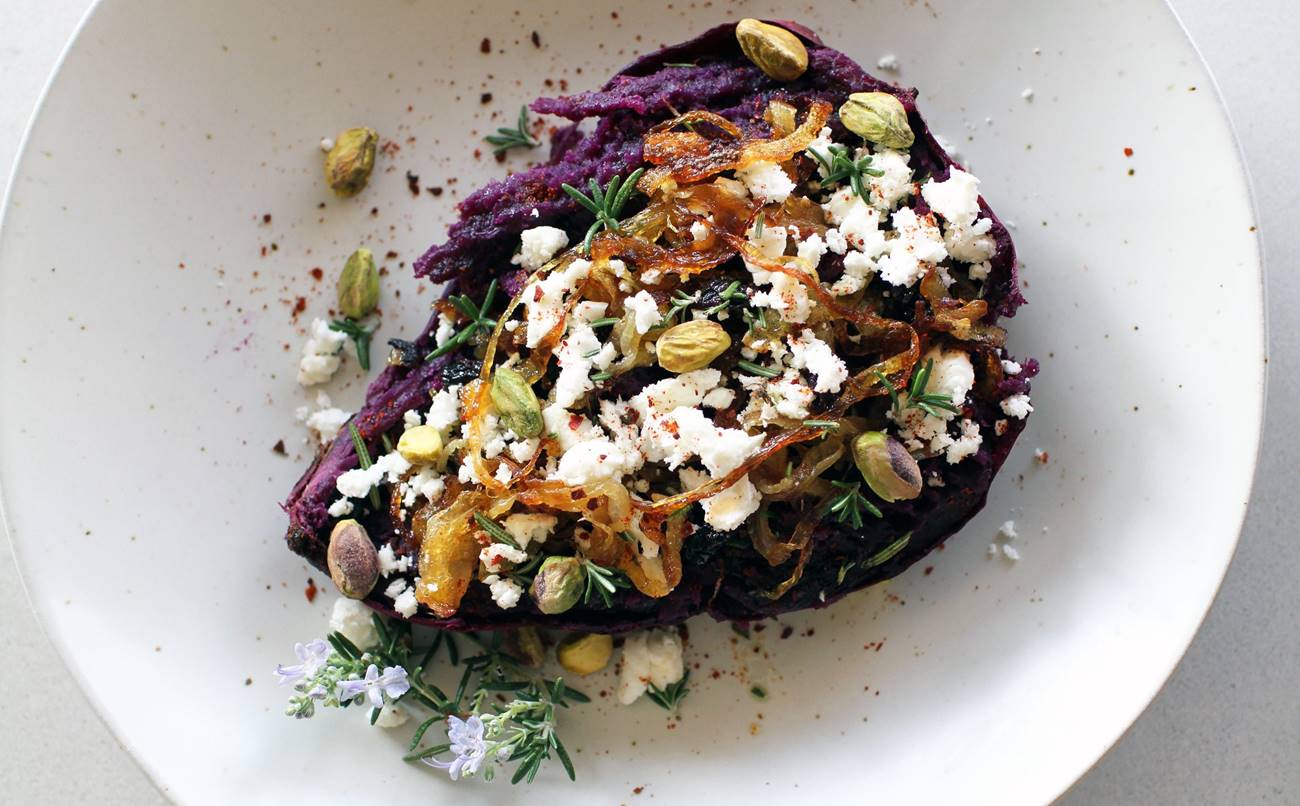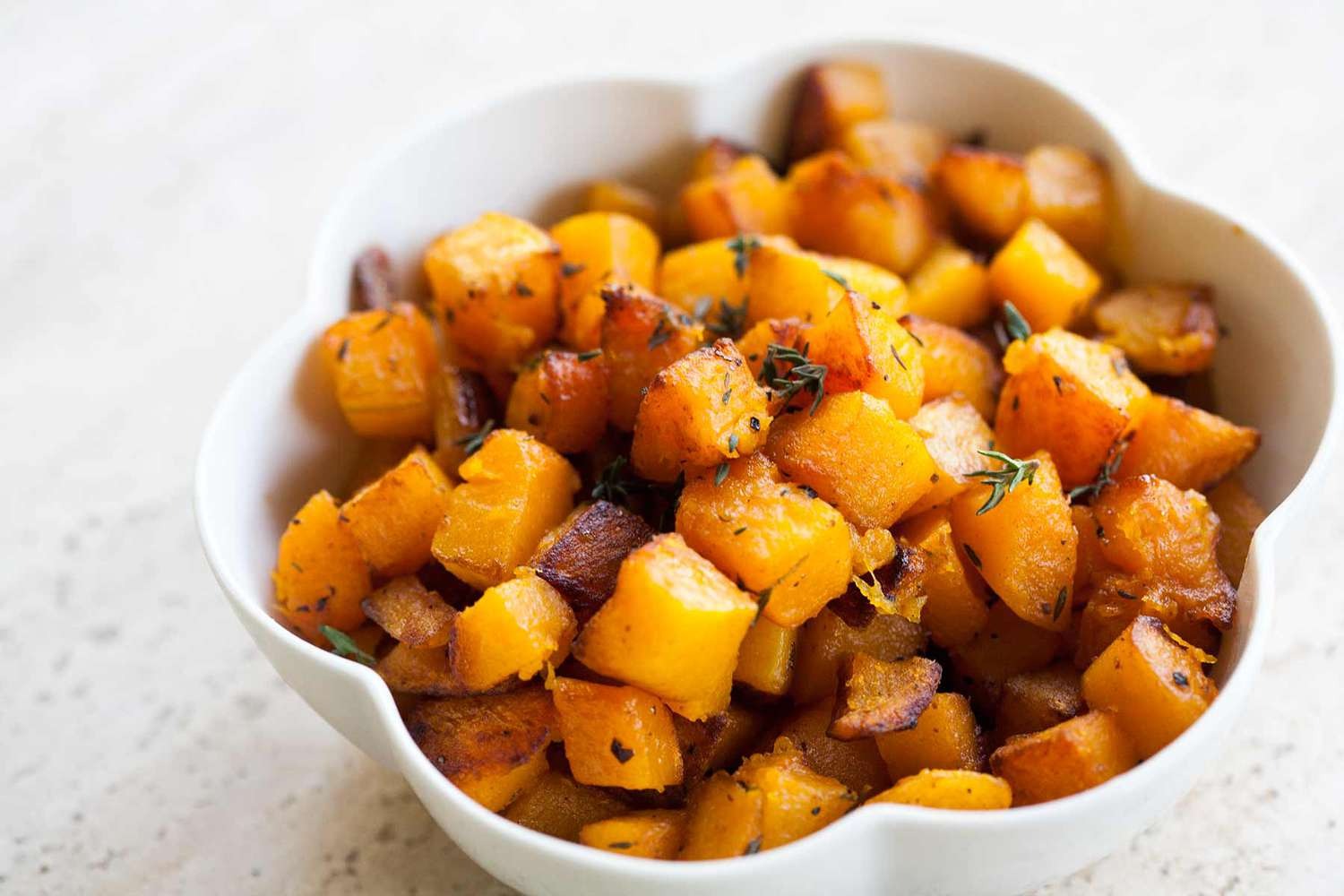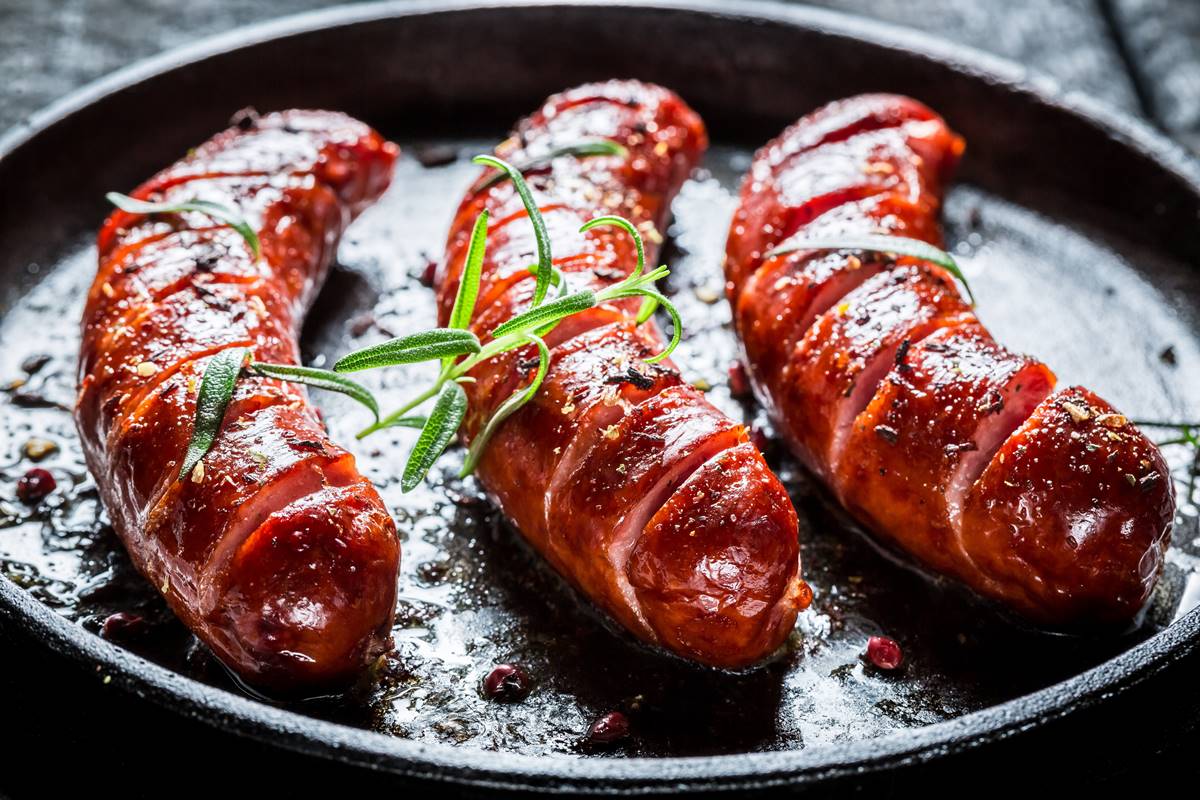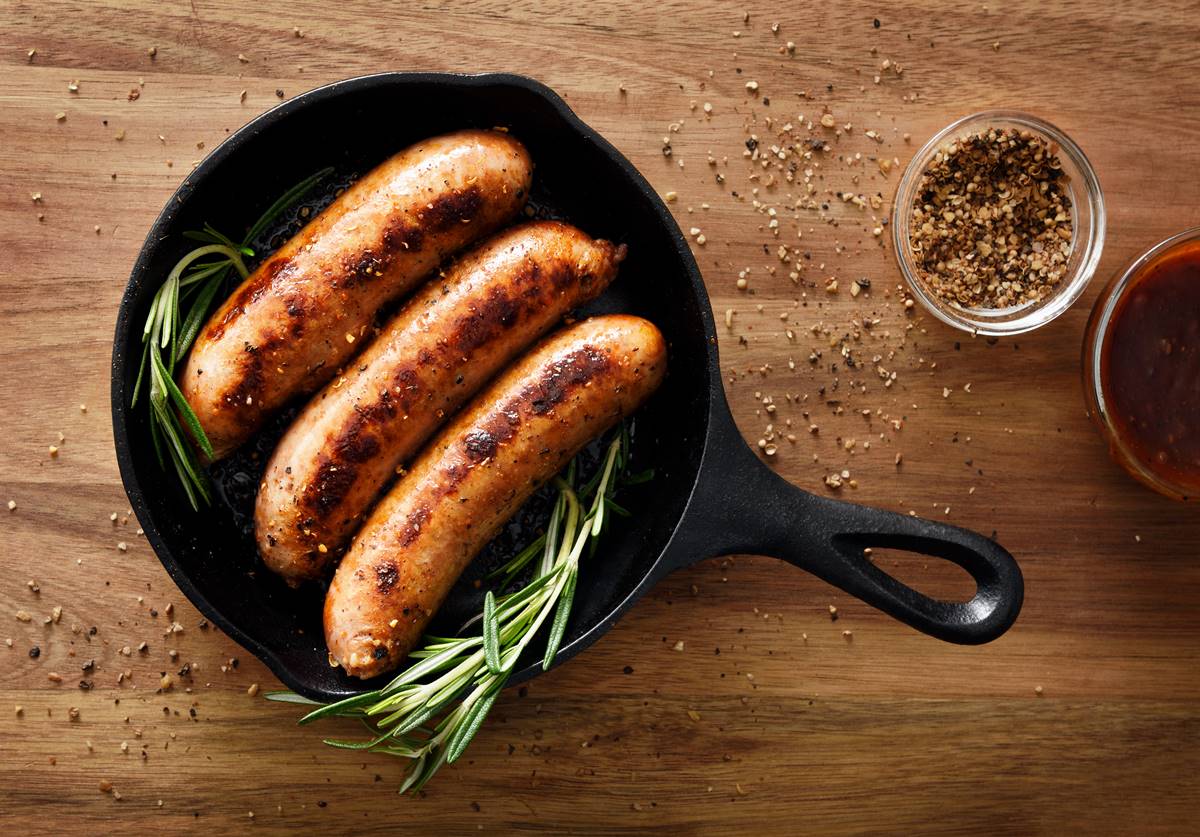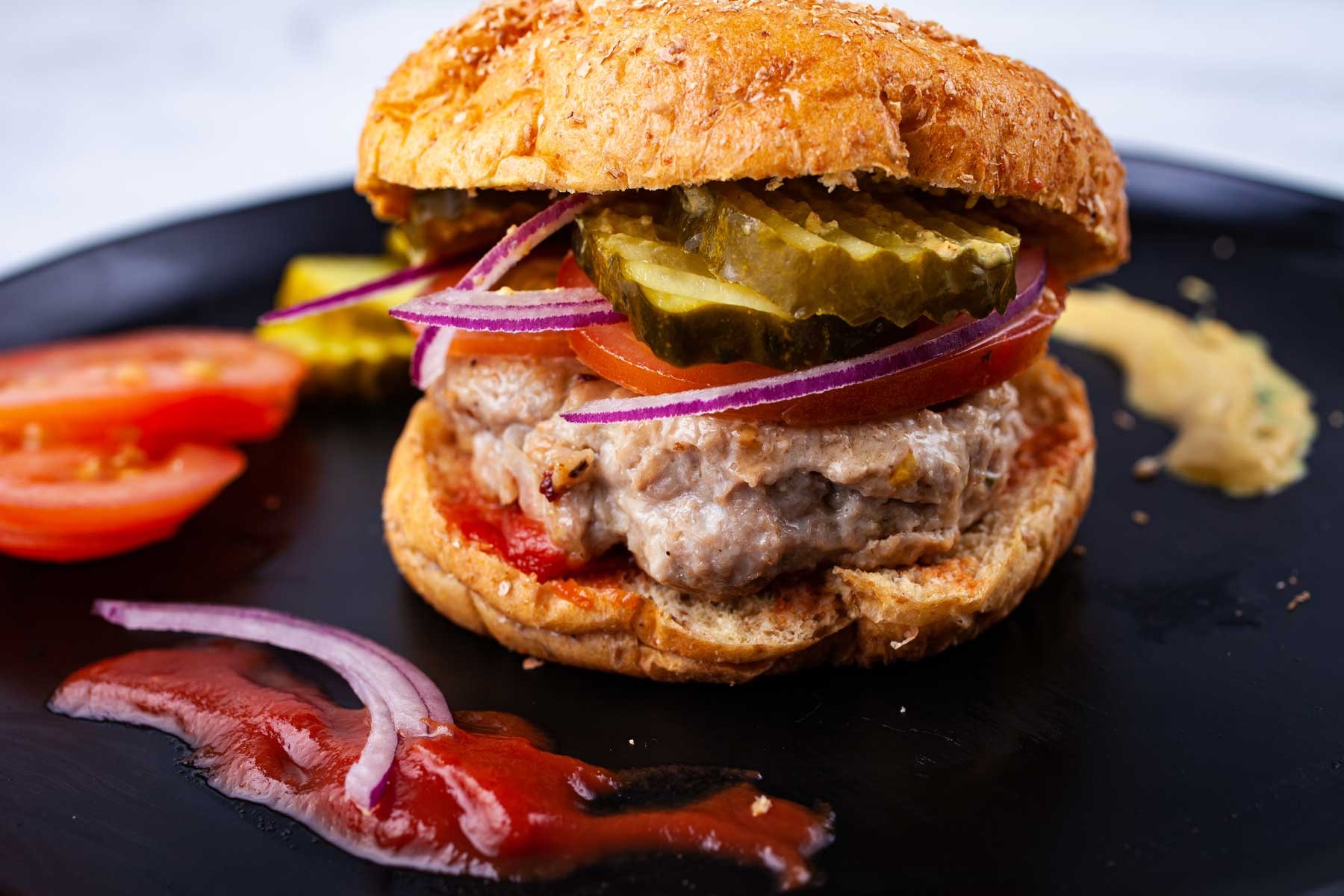How To Cook Ground Beef For Spaghetti
When it comes to cooking a delicious spaghetti dish, the key lies in properly cooking the ground beef. The ground beef serves as the main ingredient in a classic spaghetti recipe, providing a rich and savory flavor that perfectly complements the pasta and sauce. Whether you’re a seasoned chef or a beginner in the kitchen, these simple steps will guide you on how to cook ground beef for spaghetti like a pro.
Choose the Right Ground Beef
Before diving into the cooking process, it’s essential to select the right ground beef for your spaghetti. Opt for fresh ground beef with a moderate fat content, around 80% lean and 20% fat. The fat content ensures that the beef stays moist and flavorful throughout the cooking process.
Preheat a Skillet or Pot
To get started, preheat a skillet or pot over medium heat. Heating the cooking vessel before adding the ground beef helps to prevent sticking and ensures even cooking.
Add the Ground Beef to the Pan
Once the skillet or pot is preheated, add the ground beef to the pan. Use a spatula or wooden spoon to break up the meat into smaller crumbles. This step is crucial to ensure that the ground beef cooks evenly, resulting in a consistent texture and taste.
Cook the Ground Beef
Continue cooking the ground beef over medium heat until it reaches a uniform brown color. Make sure to stir occasionally to prevent any burning or sticking. You want the beef to be fully cooked without any pink spots, as this ensures it’s safe to consume.
Add Seasonings and Enhancements
Once the ground beef is fully cooked, it’s time to add seasonings and enhancements to elevate the flavor of your spaghetti. You can add minced garlic for a savory kick, dried herbs like oregano and basil for an Italian touch, or even a pinch of red pepper flakes for some heat. Feel free to get creative and experiment with different flavors to suit your taste preferences.
Drain Excess Fat
After adding the seasonings, it’s important to drain any excess fat from the ground beef. Tilt the skillet or pot and use a spoon to remove the accumulated fat. By doing this, you ensure that your spaghetti sauce won’t become overly greasy and that the flavors stay balanced.
Combine with Spaghetti Sauce
Finally, combine the cooked ground beef with your desired spaghetti sauce. Whether it’s a homemade marinara sauce, a creamy Alfredo sauce, or a hearty meat sauce, gently stir the ground beef into the sauce until well combined. Allow the sauce to simmer for a few minutes to allow the flavors to meld together.
Serve and Enjoy
Your perfectly cooked ground beef for spaghetti is now ready to be enjoyed! Serve the flavorful meat sauce over a plate of al dente spaghetti noodles, and garnish with grated Parmesan cheese and fresh herbs. Each bite will be a delightful blend of tender ground beef, tangy sauce, and satisfying pasta.
Now that you know these simple yet essential steps, you can confidently cook ground beef for spaghetti and create a mouthwatering dish that will impress your family and friends. So put on your apron, gather your ingredients, and get cooking!
Was this page helpful?
Read Next: How To Cook Beef Marrow Bones
